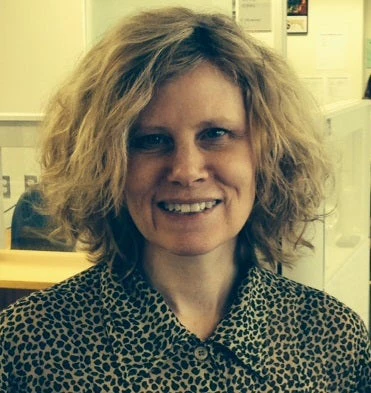On a grassy coastal plain near Sendai, Japan, stands a symbol of survival.
The four-story school house was the tallest building in the neighborhood of 980 homes, where children once played and went to school but now mostly consists of the remnants of concrete housing foundations. In Japan’s March 11, 2011 disaster, more than 300 people made it onto the roof of Arahama Elementary and survived the massive tsunami that hit Japan’s shores. School and community evacuation drills and preparedness saved lives that day, Principal Takao Kawamura said.
The school’s experience resonated at the Sendai Dialogue on October 10—where leaders, disaster and development experts debated how to better prepare for disasters in an increasingly risky world, where disasters have doubled in 30 years.
World Bank President Jim Yong Kim, Japanese Finance Minister Koriki Jojima, IMF Managing Director Christine Lagarde, and other dignitaries toured the Arahama school en route to the Dialogue’s final high-level session on “Disaster Risk Management in a Changing World.”
Remarking on the visit, Dr. Kim said, “It was quite simply devastating to see an area so completely flattened. It was very moving…the image of visiting that school will never leave my mind.”
“… in so many countries in the world, where there’s no preparation for the possibility of a tsunami, where there are so few resources anyway, where there are no emergency funds to be able to support the relief efforts and to support rebuilding, we have to do more,” said Dr. Kim.
Japan’s finance minister Jojima said people in the area are “re-emerging from the emergency. That’s why we’ve chosen Sendai for this dialogue. As we look around the world, cases of economic damages caused by disasters are increasing. To predict a natural disaster in advance is very difficult. To take preventive measures beforehand and budget for them is also hard to come by -- even harder in developing countries. That is why disaster risk management has not necessarily been emphasized in developing countries.”
A joint statement by Japan and the World Bank urged an increase in technical assistance and financial support for vulnerable countries, including the use of Japanese know-how and expertise, and sharing the lessons from Japan’s disaster. Dr. Kim and Minister Jojima said they would take those and other messages to the Development Committee at the 2012 Annual Meetings later this week.
“Let’s work together to make this world safer and build a better future,” said Dr. Kim.
The closing high-level session, moderated by British broadcaster Nik Gowing, featured panelists Lagarde, EU Commissioner for International Cooperation Kristalina Georgieva, Djibouti Minister of Economy and Finance Ilyas Moussa Dawaleh, and Asian Development Bank President Haruhiko Kuroda. The panel discussed the growing risks and costs of disasters, and ways to boost the resilience of communities.
Emergency response and reconstruction after disasters consumed about one-third of international aid over the last 30 years.
“When the disaster is dramatic it’s easier to mobilize the world to act, but it’s hard to mobilize to prevent the disaster from happening,” said the EU’s Georgieva.
Middle income countries, with their growing cities, have taken a proportionally larger economic hit than high-income countries. Disasters cost them about 1% of GDP on average—10 times more than high-income countries generally suffer, according to the Sendai report to the Development Committee, “Managing Disaster Risks for a Resilient Future.”
The report also says lower income developing countries and poor people in general are the hardest hit when natural hazards turn into disasters. Low-income countries suffered only 9% of disasters but 48% of fatalities since 1980. But many countries lack the tools, expertise, or institutions to assess disaster risk and to integrate this information into development planning.
Related Links:


Join the Conversation